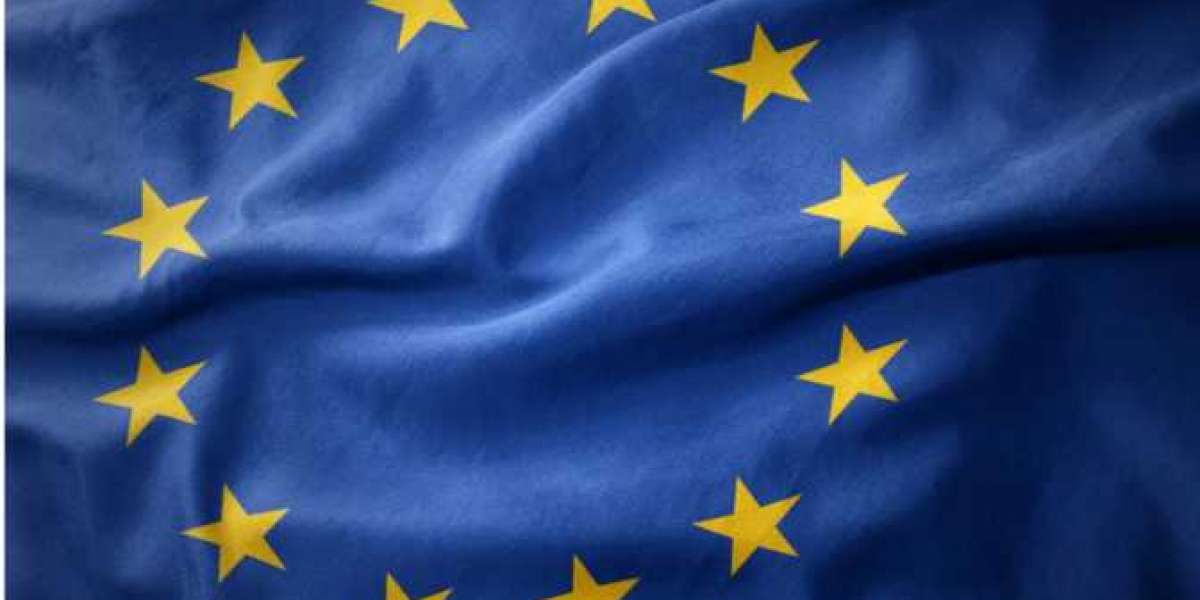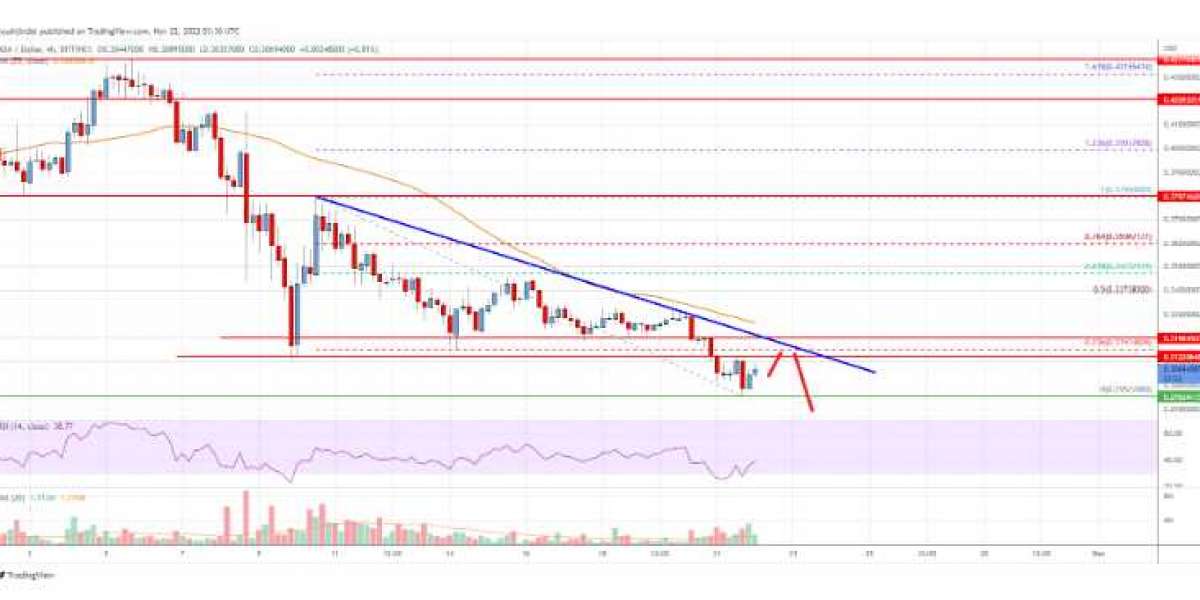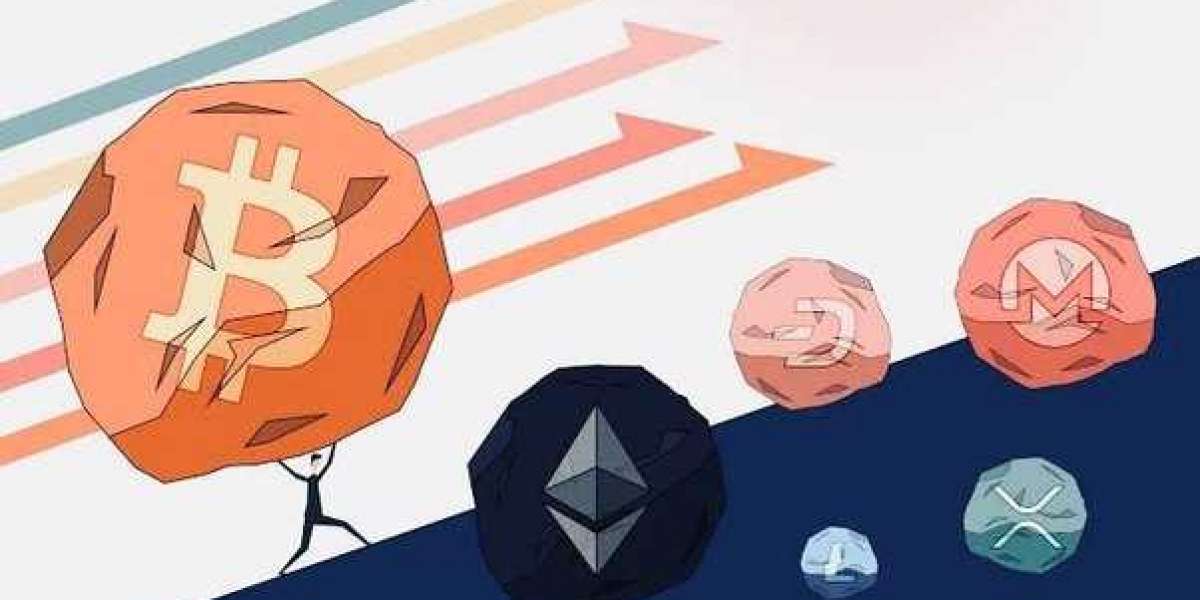development of a project that makes use of blockchain architecture and non-fungible tokens (NFTs). This project is the result of a number of discussions and blockchain hackathons that were hosted by the European Union Intellectual Property Office. The initiative proposes the creation of digital twins of items in order to follow their movement across supply lines.
NFTs will be utilized by the European Union in order to ensure the security of intellectual property.
As part of its efforts to combat the faking of real-world products, the European Union (EU) has revealed that it is developing a strategy that would incorporate blockchain technology and non-fungible tokens (NFTs).
The Intellectual Property Office of the European Union will be responsible for designing the system that has been proposed, which is the culmination of over five years of labor. In a document that was released this month, the group states that they have already decided on a high-level architecture for this project, and it defines the broad strokes of how the system will function.
The owners of intellectual property (IP) will issue digital tokens, sometimes known as twin non-fungible tokens (NFTs), to demonstrate that a set of manufactured commodities are genuine. In order to build these items on the tracking blockchain, the holders of these intellectual property rights will first need to be incorporated as approved signatories.
The system will therefore make it possible to trace the supply chain as the products are moved through the various checkpoints, so enabling the owners of the intellectual property to be certain that the products that are sold in stores are genuine.




Alphonsus Odumu 5 w
European Union